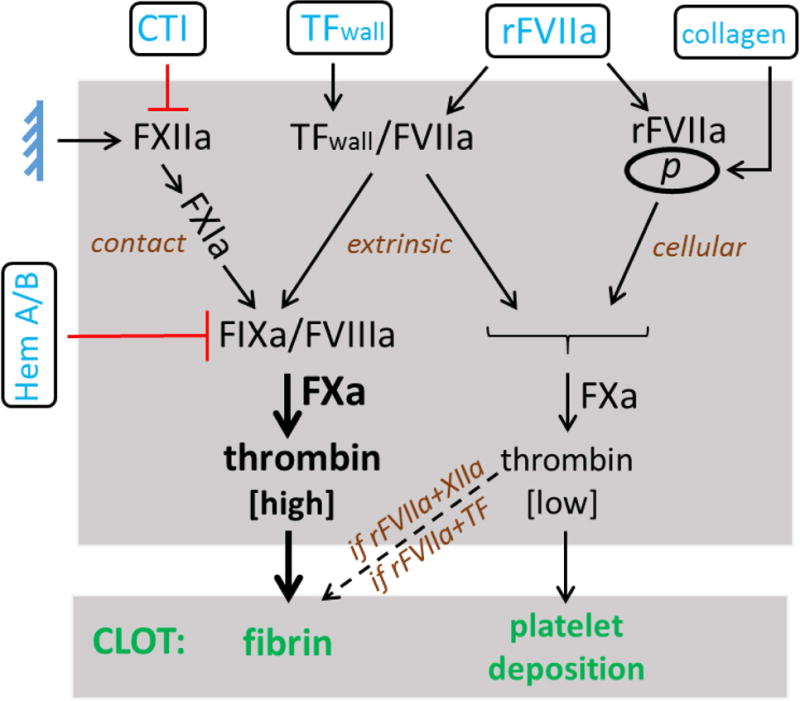Figure 7. Systems Approach to Hemophilic Blood Clotting.

Modulation of the contact pathway [±CTI], TFWall, exogenous concentrations of rFVIIa, and collagen and its resultant effects on platelet deposition and fibrin formation. Results from perfusion of WB from Hemophilia A or B patients over TF/collagen indicate a crucial role of FIXa/FVIIIa in driving high FXa levels and subsequent thrombin production that produces fibrin under flow. Recombinant FVIIa localization to the platelet surface in combination with contact pathway engagement (FXIIa→FXIa) also drives FXa production, which then results in fibrin formation under flow. Thrombin feedback activation of platelets (not shown) would be expected to reinforce both platelet activation (and procoagulant activity) and platelet deposition to some extent through PAR1/4 signaling.
